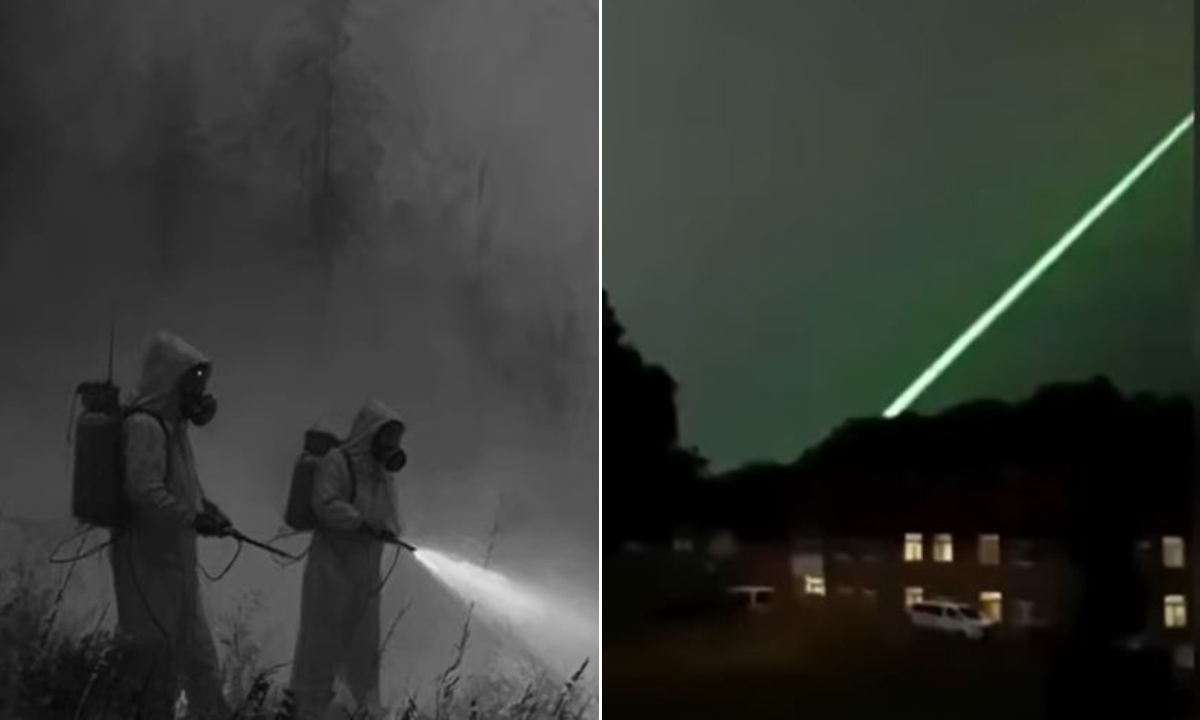**Breaking News: Alarming Disappearance of Virus Vials from Australian Laboratory Sparks Outrage**

In a shocking revelation, 323 vials containing some of the world’s most dangerous viruses have vanished from a public health laboratory in Queensland, Australia, raising urgent alarms about biocontainment protocols and public safety. The official report, released at the end of 2024, confirms that these vials included pathogens like Hendra virus, Hantavirus, and Lissa virus—each capable of causing severe illness or death.
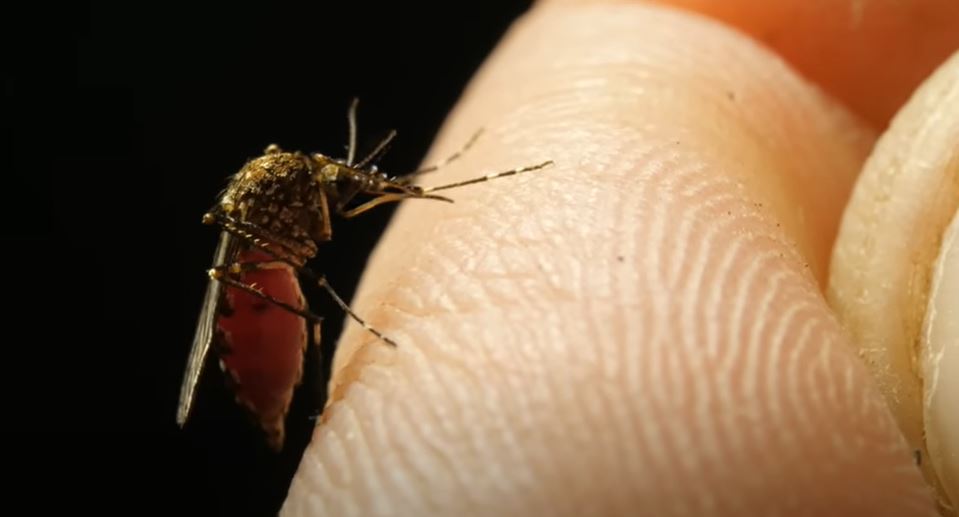
The incident, which first emerged in 2021 following a malfunction in a laboratory freezer, has since spiraled into a major public health crisis. Despite the initial discovery of missing samples, it took nearly two years for officials to acknowledge the serious breach. This significant delay has ignited widespread outrage, with many questioning the competence and transparency of health authorities.
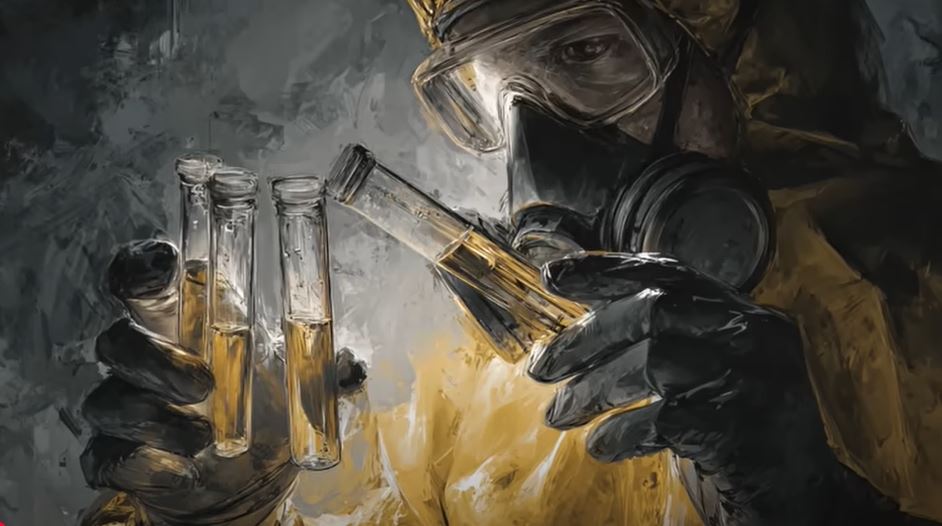
Adding fuel to the fire, the notorious hacking group Anonymous has claimed to have uncovered internal documents revealing that officials were aware of the vials’ disappearance months before it was disclosed to the public. Their posts suggest a disturbing cover-up aimed at minimizing public panic, further eroding trust in the very institutions tasked with safeguarding public health.

Queensland’s Health Minister Tim Nichols has attempted to reassure the public, asserting that while the pathogens could theoretically be harmful, the immediate risk is low due to the scientific expertise required to utilize them effectively. However, the lack of clarity surrounding the fate of the missing vials has left many feeling uneasy. Were they destroyed, misplaced, or worse—intentionally taken? The absence of proper record-keeping has raised serious questions about the laboratory’s oversight.
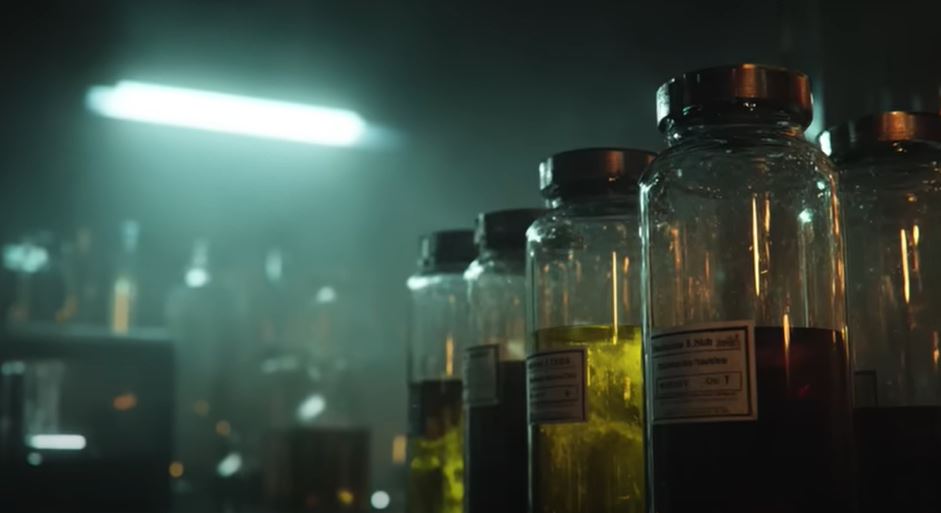
The pathogens involved are not just theoretical threats. The Hendra virus, for instance, has a staggering 57% mortality rate in humans, while the Lissa virus is almost invariably fatal once symptoms appear. The potential for these viruses to escape into the public domain has sent ripples of fear through communities, prompting urgent calls for stricter regulations and improved tracking systems for hazardous materials.
Dr. John Gerard, Queensland’s chief health officer, suggested that the missing samples may have been inadvertently destroyed during sterilization processes, but without documentation, this remains speculation. Investigators are still grappling with the uncertainty, unable to confirm whether the vials are simply unaccounted for or pose a real threat to public safety.
Critics of the response have pointed to a bureaucratic lag that delayed the investigation for nearly a year, during which time no meaningful progress was made. As concerns mount over bioterrorism and the potential misuse of scientific knowledge, the implications of this breach could be catastrophic.
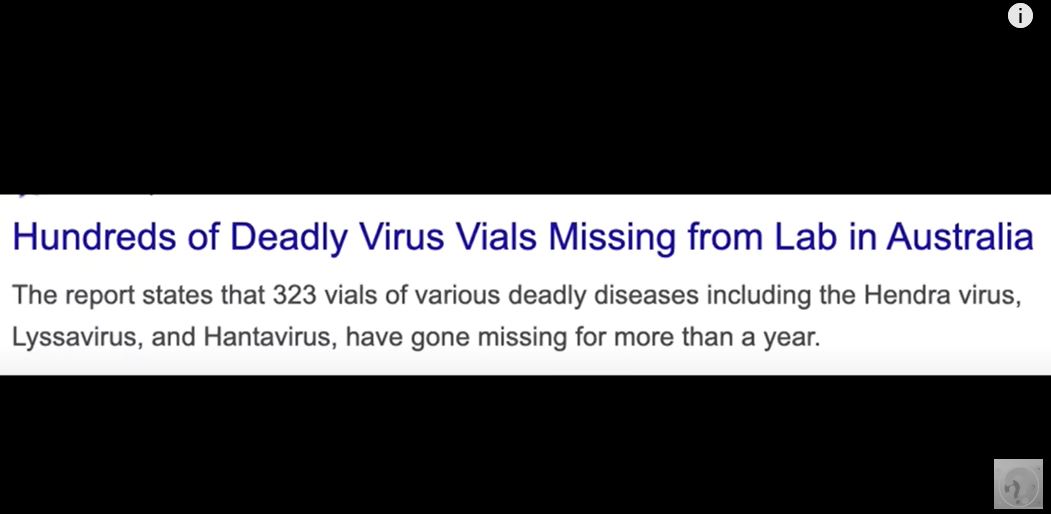
In a time when public trust in health institutions is already fragile, the fear of hidden dangers and withheld information looms large. The possibility of a silent outbreak, fueled by the mishandling of these pathogens, is a chilling prospect that authorities cannot afford to ignore.
As the situation unfolds, the scientific community and regulatory bodies are urged to take immediate action to ensure that such a grave breach never occurs again. The mysterious case of the missing virus vials serves as a stark reminder of the critical importance of vigilance and accountability in handling dangerous materials. Until definitive answers are provided, the public remains on edge, grappling with the unsettling reality that 323 vials of lethal viruses are still unaccounted for. The clock is ticking, and the stakes have never been higher.

